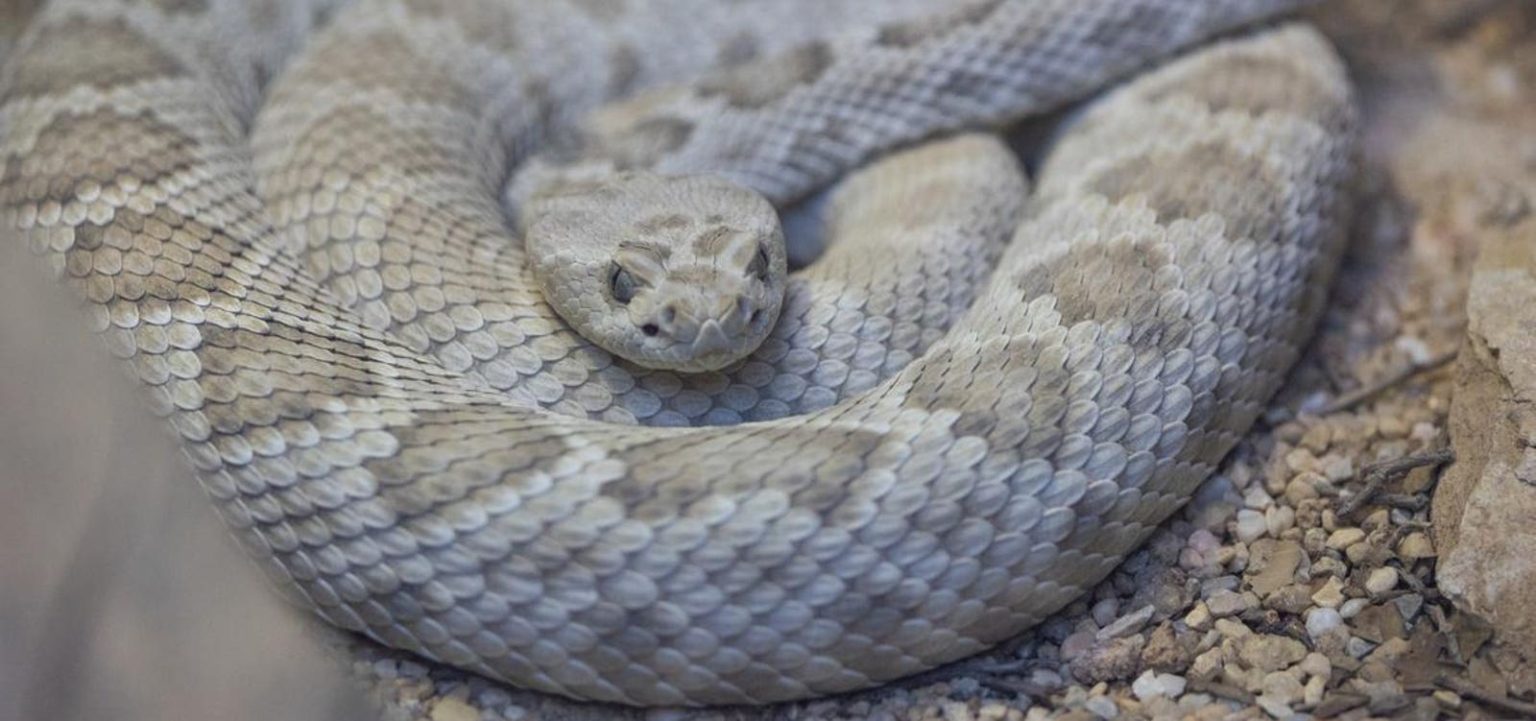The Santa Catalina Island rattlesnake, native to a small island off the east coast of Mexico’s Baja Peninsula, is considered one of the most exquisite snake species. Classified as critically endangered due to limited distribution and threats from invasive species and human persecution, this snake faced pressures from invasive cats until they were eradicated in 2004. However, local fishermen still kill the snakes out of fear of bites, and illegal collecting for the pet trade remains a threat.
Despite being a venomous species of pit viper that is mostly nocturnal and measures approximately two feet in length, the Santa Catalina Island rattlesnake is scientifically interesting for two reasons. Firstly, it has evolved without a rattle, a feature typically used as a warning signal to predators. Research suggests that the snake’s lack of a rattle may have been due to a lack of predators on the island, leading to unique evolutionary adaptations. Additionally, the snake’s close relatives have been difficult to pinpoint, with initial theories suggesting a relationship to the red diamond rattlesnake but later research indicating a connection to the Mojave rattlesnake or western diamondback rattlesnake.
A South American Journal of Herpetology study from 2008 examined the snake’s movement and hunting patterns over a three-year period, casting doubt on the theory that the snake’s lack of a rattle was an adaptation for hunting in vegetation patches. The study found little evidence to support this hypothesis, suggesting that other factors may have influenced the snake’s evolution. Despite the uncertainty surrounding its evolutionary lineage, genetic research has supported a closer relationship to the red diamond rattlesnake, with morphological similarities indicating either convergent evolution or the retention of primitive character states.
Isolated island species like the Santa Catalina Island rattlesnake provide researchers with unique opportunities to study evolutionary processes and adaptations. The absence of predators and the influence of genetic drift can lead to the rapid development of distinct traits in island populations. Comparisons to mainland relatives can yield significant scientific insights, as evidenced by the rare and rattleless Santa Catalina Island rattlesnake. Despite its small size and lack of a rattle, this snake serves as a fascinating subject for evolutionary studies and highlights the importance of conserving endangered species in their natural habitats.


